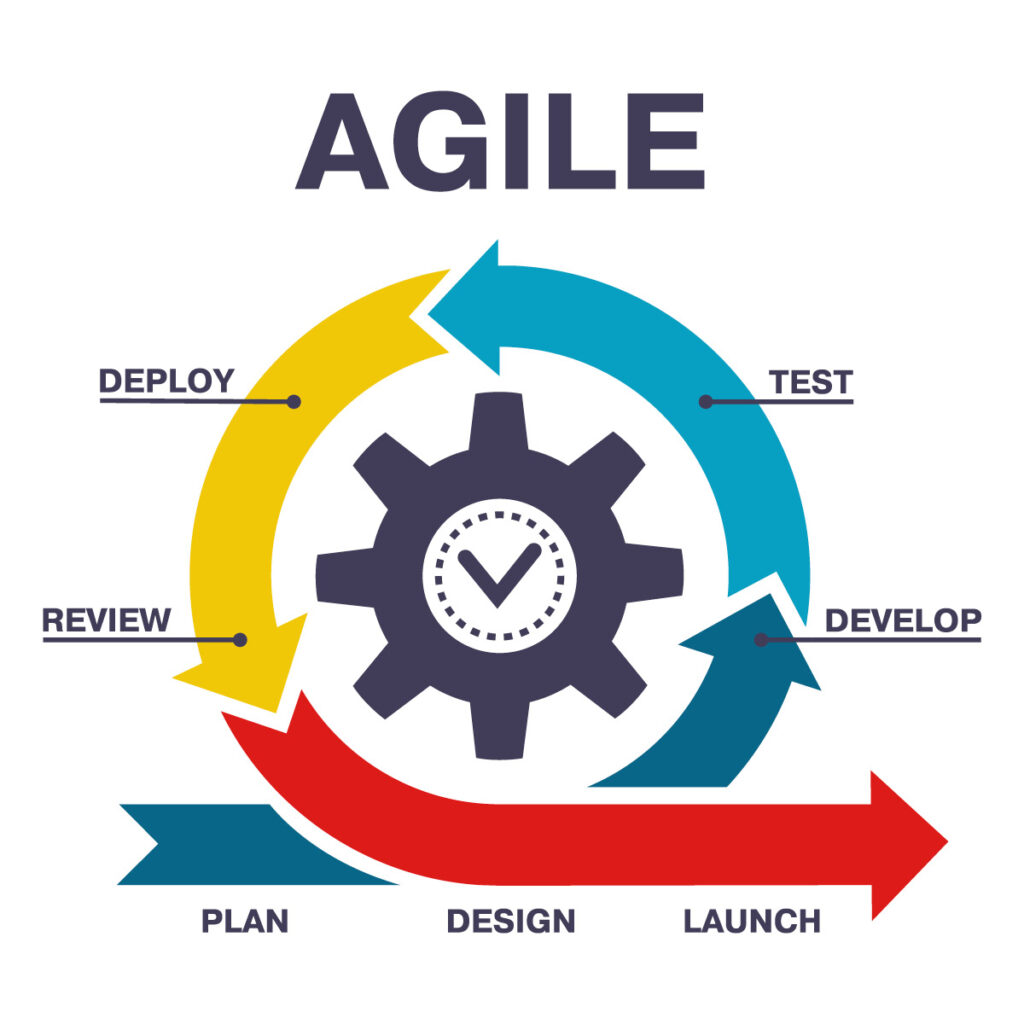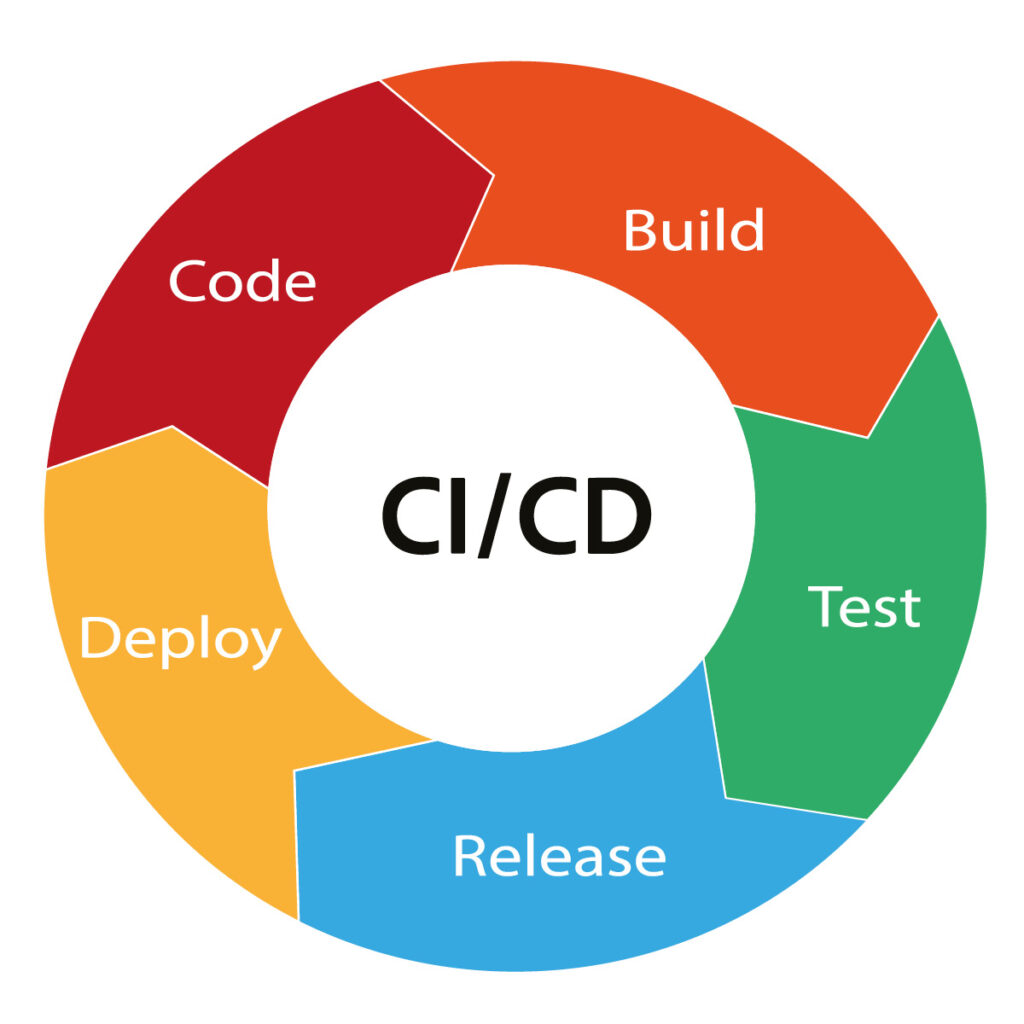STAY TUNED
Learn more about DevOpsCon
A well-implemented Continuous Delivery pipeline minimizes human intervention, ensuring that every bit of code is automatically tested and deployed with confidence. For Agile teams aiming to deliver value rapidly and frequently, mastering the CI/CD pipeline is crucial. With Continuous Integration (CI) as a critical partner in this journey, modern software development relies heavily on automation for faster software release and reduced production errors.
The software world is continuously pacing towards faster timelines and quicker releases. Agile teams nowadays find themselves sprinting towards goals, iterating rapidly and repeating the cycles with little room to breathe. But what happens after the sprint? How does the code move from being ready on a developer’s branch or machine to running in production? This is where our Continuous Delivery (CD) mechanism comes into play.
A well-oiled CD mechanism ensures that the code requires minimal human intervention when ready to be moved to production. This is crucial to modern agile practices and the pace that they demand.
What is a Continuous Delivery Pipeline?
According to SAFe
“The Continuous Delivery Pipeline (CDP) represents the workflows, activities, and automation needed to guide new functionality from ideation to an on-demand release of value.”
Think of it as a series of automated processes that help take your code from your system, through your version control all the way to production.
It is your assembly line for your software that ensures every bit of the code is tested, validated and ready to deploy – all in one go!
It goes hand-in-hand with Continuous Integration.
According to SAFe
“Continuous Integration (CI) is an aspect of the Continuous Delivery Pipeline in which new functionality is developed, tested, integrated, and validated in preparation for deployment and release.”
Imagine you are a part of an agile team. You write the code and check in to the repository and get it ready for release. Now what? To take it to production might involve a few more steps – like – testing, deploying it to a staging environment, running the automated test suite on it, pushing to production, performing sanity checks on production.
All these steps are prone to human errors and delays. With a CI/CD pipeline, this entire process is automated. The moment we push our code to the repository, the pipeline is triggered, and all needed actions are performed in a sequence with little to no human intervention. Any issues are notified to the required stakeholders via email or Slack messages.
The Role of Continuous Delivery in Agile Teams
Agile is all about delivering value quickly and iteratively. By automating the delivery process, we are enabling the team to deliver quick, small and frequent updates rather than holding them back for large, infrequent releases. Let us take an example of a mid-sized tech company called “TechnoFlow” that has multiple agile teams working on various projects. The agile teams were struggling with their long release cycles that often introduced issues in production causing customer complaints and stress for the development teams.
By implementing a continuous delivery pipeline, they were able to reduce their release time from weeks to hours, pushing out updates several times a day with confidence. Let us see some best practices that helped the team at “TechnoFlow” to reach this stage.
Best Practices for Setting up and Maintaining Continuous Delivery Pipelines
-
Start with a Solid Version Control
Your pipeline is going to be only as strong as its foundation. So, start with a solid Version Control System (VCS) and automate on top of it. Jenkins and GitLab CI are popular choices for automating the build process.
Make use of their numerous plugins and integrations to set it up as per your team’s needs. The team at “TechnoFlow” used Jenkins, integrating it with their Git repository, and set it up such that every code commit triggered a build, followed by unit tests. This reduced human error and delays and ensured tests always ran on the latest build.
-
Embrace Test Automation
Automation is the backbone of Continuous Delivery. Without thorough testing, your pipeline is nothing but a faster way towards failure in production.
So, to make continuous delivery truly successful, we need to add test automation to the mix. The team at “TechnoFlow” had struggled with regressions – old issues resurfacing when new code was deployed. So, they implemented test automation with tools like Selenium for end-to-end tests and JUnit for Unit level tests. Using these tests, they were able to catch issues much earlier, drastically reducing issues in production.
-
Continuous Integration is the Key
As discussed earlier in the article, CI and CD go hand-in-hand. CI requires merging all developers’ working copies of code to a main repository frequently, preferably multiple times a day. This prevents integration problems that can be very difficult to resolve at the end of an iteration or sprint. The team at “TechnoFlow” used to face conflicts when integrating code at the end of each sprint. Tools like CircleCI, Jenkins etc. were used to set up CI such that they integrated their code multiple times a day. This helped catch integration issues early and encouraged better collaboration among team members.
Some tools that can help you automate the entire CI/CD pipeline include
>CircleCI: that helps automate the pipeline from testing to deployment with speed & simplicity
>TravisCI: that builds and tests code changes in GitHub repositories, supporting multiple languages & environments
>Bamboo: Atlassian’s CI/CD server that integrates with other Atlassian tools like JIRA, Bitbucket and helps streamline & automate the build-test-release workflow.
-
Monitor and Measure
Your pipeline should not be a black box with no insights into it. You should monitor and set up measurements for key metrics like build times, test coverage, and deployment frequency. This visibility helps you identify bottlenecks and areas for improvement.
The team at “TechnoFlow” used tools like Prometheus and Grafana for monitoring and visualizing their pipeline’s performance, to optimize any bits, and ensure that the pipeline is running smoothly.
-
Keep it Fast & Reliable
A slow or unreliable pipeline can become a bottleneck itself, defeating the entire purpose of CI/CD.
You must optimize your pipeline for speed by running tests in parallel, caching dependencies and minimizing any unnecessary steps.
The team at “TechnoFlow” had a pipeline that was taking over an hour to complete initially, causing delays and frustration for developers who had to wait an hour for every change to deploy.
By parallelizing their tests, they were able to reduce their time to less than 20 minutes. Tools like Bazel and Docker can help you attain this speed and efficiency.
Common Pitfalls and How to Avoid Them
Even with the best practices in place, there are some pitfalls that the team can fall into when setting up a CD pipeline. Here are a few common pitfalls and how to avoid them in your teams:
-
Over Automation: It is tempting to begin trying to automate everything. Even with test automation, we hear many teams aiming towards ‘100% automation’ as a goal. It might not be achievable – and even if doable, it might not be valuable to automate some tasks, So, instead, it is better to focus on value and return of your efforts and then decide if it is worth it!
-
Lack of Documentation: If you ask any agile team today if they have set up CI/CD – most would answer Yes – to some degree. But if you ask if they have any relevant documentation about it, most would answer: No! As your pipeline grows, it becomes complex. And it is not prudent to depend on one or a few team members to have the information about it in case anything fails. So, it is advisable to document the details in some form. Document your pipeline’s architecture, dependencies and processes so that new team members can get up to speed quickly.
-
Ignoring Team Culture: While you as the team leader understand and support the need of the CI/CD pipeline, just mandating its setup won’t help the team in the long term. A successful CI/CD pipeline requires buy-in from the entire team. Make sure everyone understands the value and is committed to maintaining it.
Conclusion
Continuous Delivery pipelines are more than just a technical implementation, they are a cultural shift towards faster, more reliable software delivery. Setting up CI/CD is a journey, not a destination. You need to start small, build on solid foundations and continuously refine your pipeline as your team’s needs evolve. With the right practices and tools, your team will get on the path towards seamless, high quality software delivery!

























































